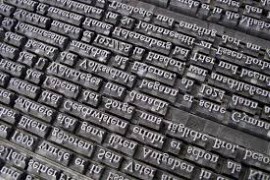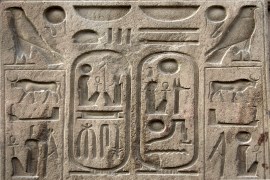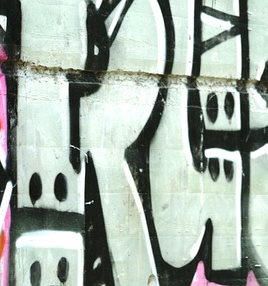Livre | Chapitre
Visualizing the future we want
reconciling art, environment and development
pp. 161-188
Résumé
This chapter explores how visual arts can communicate shared views and help to reconcile different understandings of desirable futures. I review experiences of the use of art to build shared understanding of environmental problems amongst different actors or stakeholders. I focus on the "landscape" as the area of interest and define landscapes and seascapes as the geographic space in which environmental outcomes are best perceived by people. Building consensus on desired future situations is one of the greatest challenges in confronting our current environmental dilemmas. A shared vision of a future scenario can provide a common goal for everyone. Visual techniques have become ubiquitous during recent decades, and we have grown accustomed to visual representations on social media, television, billboards, marketing and PowerPoint presentations in the classroom and at big international events. In many areas of human endeavour, people are using animated videos and short films to present ideas. I review experiences from my own activities which range from mural painting to providing focus for debate at global environmental conferences to participatory drawing of future scenarios with local communities in environmentally sensitive areas.
Détails de la publication
Publié dans:
Clammer John, Giri Ananta Kumar (2017) The aesthetics of development: art, culture and social transformation. Basingstoke, Palgrave Macmillan.
Pages: 161-188
DOI: 10.1057/978-1-349-95248-9_8
Citation complète:
Klintuni Boedhihartono Agni, 2017, Visualizing the future we want: reconciling art, environment and development. In J. Clammer & A. Giri (eds.) The aesthetics of development (161-188). Basingstoke, Palgrave Macmillan.










